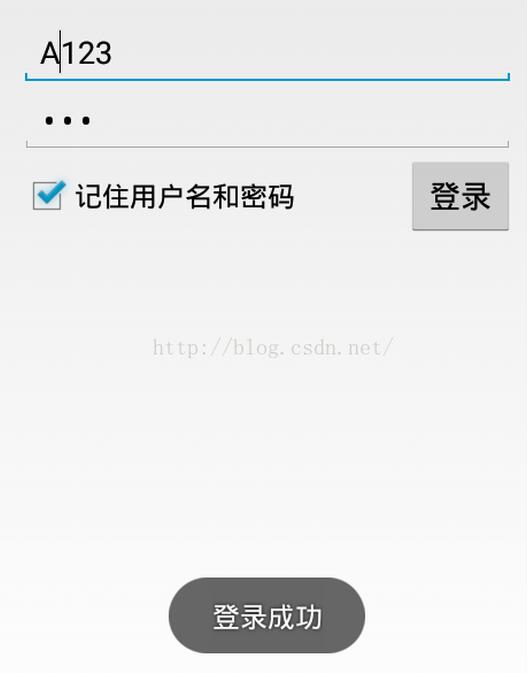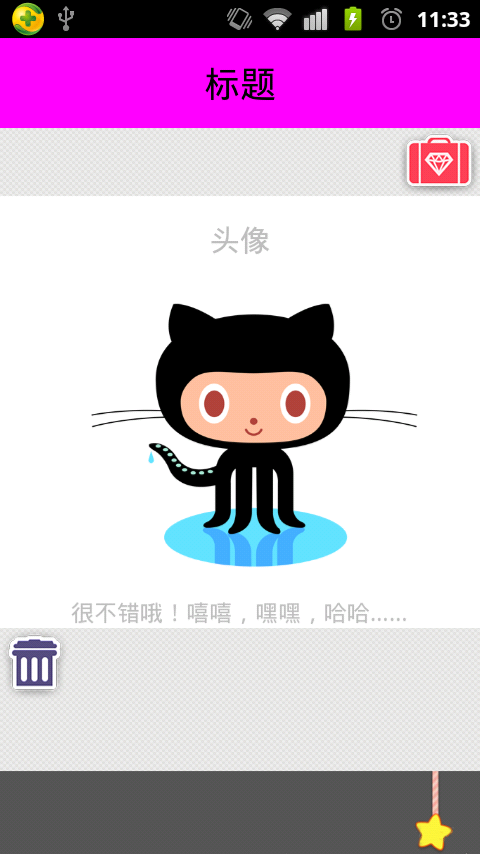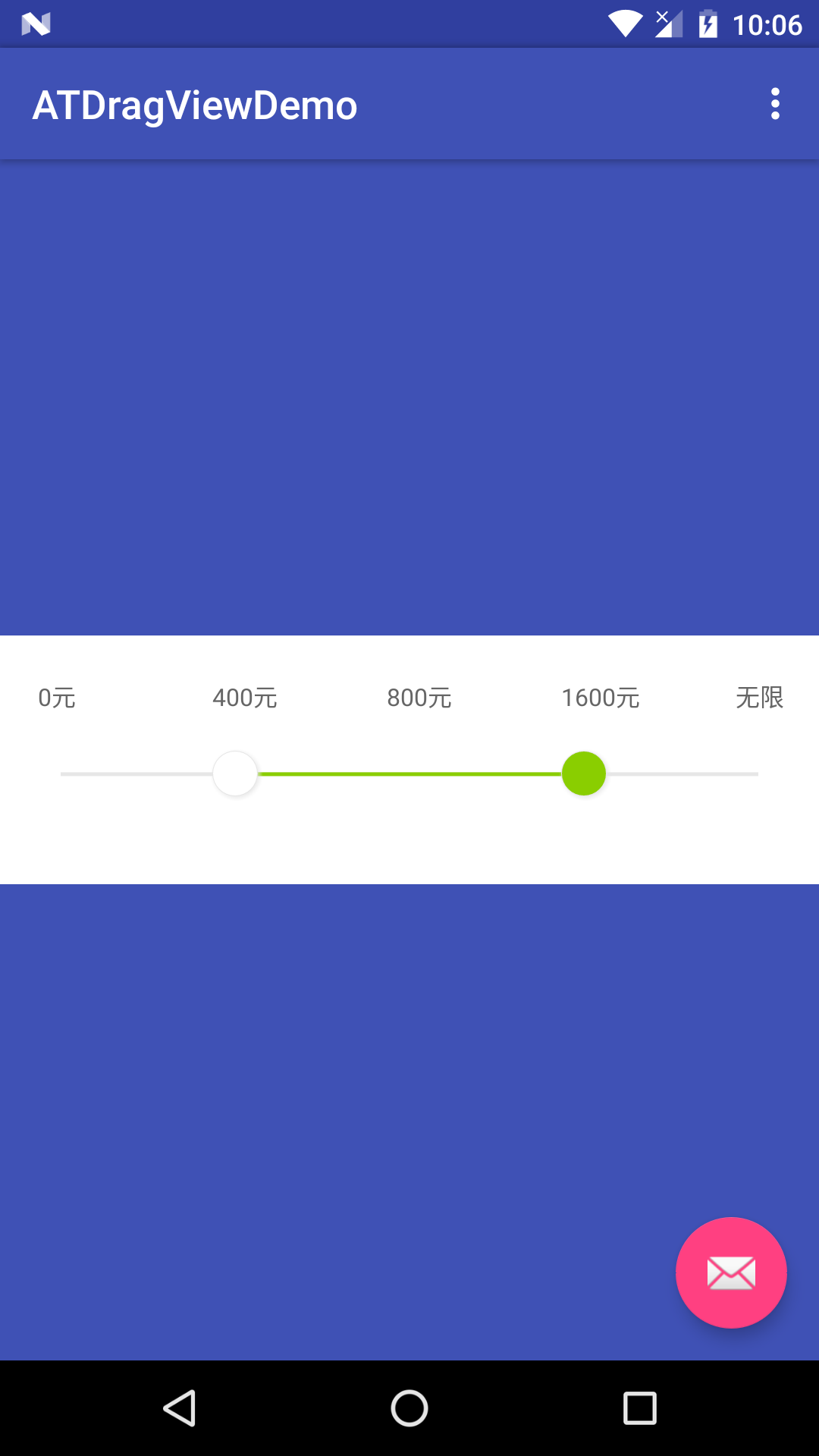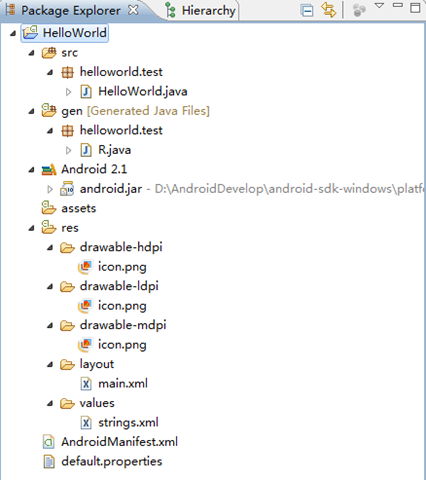編輯:關於Android編程
本文實例為大家分享了Android內存中存儲用戶名和密碼的方法,供大家參考,具體內容如下
首先是配置文件:
<LinearLayout xmlns:android="http://schemas.android.com/apk/res/android"
xmlns:tools="http://schemas.android.com/tools"
android:layout_width="match_parent"
android:layout_height="match_parent"
android:paddingBottom="@dimen/activity_vertical_margin"
android:paddingLeft="@dimen/activity_horizontal_margin"
android:paddingRight="@dimen/activity_horizontal_margin"
android:paddingTop="@dimen/activity_vertical_margin"
tools:context=".MainActivity"
android:orientation="vertical"
>
<EditText
android:id="@+id/et_name"
android:layout_width="match_parent"
android:layout_height="wrap_content"
android:hint="請輸入用戶名"
/>
<EditText
android:id="@+id/et_pass"
android:layout_width="match_parent"
android:layout_height="wrap_content"
android:inputType="textPassword"
android:hint="請輸入密碼"
/>
<RelativeLayout
android:layout_width="match_parent"
android:layout_height="wrap_content"
android:orientation="horizontal"
>
<CheckBox
android:id="@+id/cb"
android:layout_width="wrap_content"
android:layout_height="wrap_content"
android:text="記住用戶名和密碼"
android:layout_centerVertical="true"
/>
<Button
android:layout_width="wrap_content"
android:layout_height="wrap_content"
android:layout_gravity="right"
android:text="登錄"
android:layout_alignParentRight="true"
android:onClick="login"
/>
</RelativeLayout>
</LinearLayout>
活動中的代碼如下:
package com.itydl.rwinrom;
import java.io.BufferedReader;
import java.io.File;
import java.io.FileInputStream;
import java.io.FileNotFoundException;
import java.io.FileOutputStream;
import java.io.FileReader;
import java.io.InputStreamReader;
import org.apache.http.entity.InputStreamEntity;
import android.os.Bundle;
import android.annotation.SuppressLint;
import android.app.Activity;
import android.view.Menu;
import android.view.View;
import android.widget.CheckBox;
import android.widget.EditText;
import android.widget.Toast;
public class MainActivity extends Activity {
private EditText et_name;
private EditText et_pass;
@Override
protected void onCreate(Bundle savedInstanceState) {
super.onCreate(savedInstanceState);
setContentView(R.layout.activity_main);
et_name = (EditText) findViewById(R.id.et_name);
et_pass = (EditText) findViewById(R.id.et_pass);
readAccount();//在onCreate中讀取原因是,活動一創建就讀取用戶名和密碼進行回顯。
}
public void readAccount(){
File file = new File("data/data/com.itydl.rwinrom/info.txt");
if(file.exists()){
try {
// FileInputStream fis = new FileInputStream(file);
// //把字節流轉換成字符流
// BufferedReader br = new BufferedReader(new
// InputStreamReader(fis));
BufferedReader br = new BufferedReader(new FileReader(file));
//讀取txt文件裡的用戶名和密碼
String text = br.readLine();
String[] s = text.split("##");//正則表達
et_name.setText(s[0]);//ctrl+1提取全局變量
et_pass.setText(s[1]);
} catch (Exception e) {
// TODO Auto-generated catch block
e.printStackTrace();
}
}
}
public void login(View v){
String name = et_name.getText().toString();
String pass = et_pass.getText().toString();
CheckBox cb = (CheckBox) findViewById(R.id.cb);
//判斷選框是否被勾選
if(cb.isChecked()){
//data/data/com.itheima.rwinrom:這就是內部存儲空間的路徑
File file = new File("data/data/com.itydl.rwinrom/info.txt");//這個路徑是安卓特有的文件夾
FileOutputStream fos;
try {
fos = new FileOutputStream(file);
//勾選了復選框,會把用戶名密碼存入內部存儲位置
fos.write((name + "##" + pass).getBytes());
fos.close();
} catch (Exception e) {
// TODO Auto-generated catch block
e.printStackTrace();
}
}
//創建並顯示吐司對話框
Toast.makeText(this, "登錄成功", 0).show();
}
}
最後是截圖:

當退出程序,再進入時,會發現用戶名和密碼都回顯。
以上就是本文的全部內容,希望對大家的學習有所幫助,也希望大家多多支持本站。
 Android中ViewFlipper的使用及設置動畫效果實例詳解
Android中ViewFlipper的使用及設置動畫效果實例詳解
本文實例講述了Android中ViewFlipper的使用及設置動畫效果。分享給大家供大家參考,具體如下:說到左右滑動,其實實現左右滑動的方式很多,有ViewPaer,自
 android視頻播放的代碼
android視頻播放的代碼
1.activity_main.xml 2.MainActivity.jav
 Android_自定義雙向SeekBar
Android_自定義雙向SeekBar
目標:雙向拖動的自定義View國際慣例先預覽後實現實現步驟自定義屬性的抽取 view尺寸的計算 相關內容的繪制(文字,原點,背景進度條,當前進度條等等) 處理滑動事件大體
 Android編程入門之HelloWorld項目目錄結構分析
Android編程入門之HelloWorld項目目錄結構分析
本文實例講述了Android編程入門之HelloWorld項目目錄結構。分享給大家供大家參考,具體如下:我們介紹了如何搭建Android開發環境及簡單地建立一個Hello